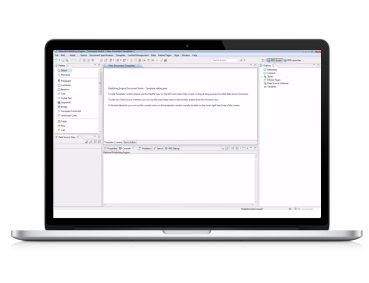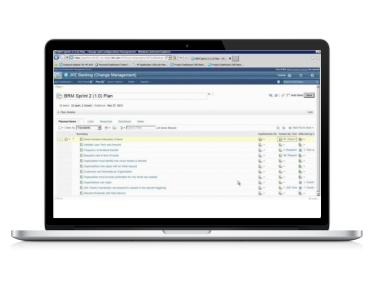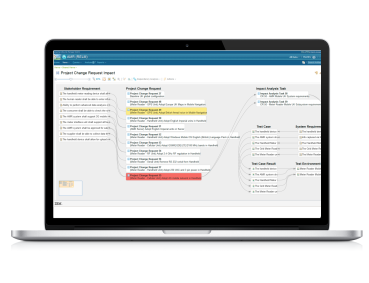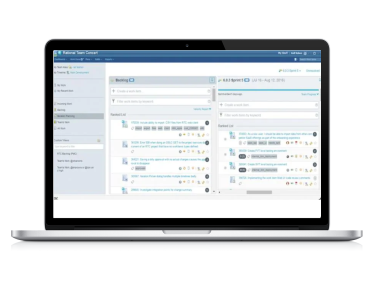
IBM Engineering Lifecycle Optimization - Publishing
Produces high-quality documents that support multiple output formats and builds requirements traceability matrix from the IBM ELM suite of products and third-party products to improve quality and reduce cost.

Overview
IBM Engineering Lifecycle Optimization Publishing automates the generation of document-style reports across your deployed Jazz™ and third-party tools, whether these reports are needed for formal reviews, contractual obligations, regulatory oversight or ad hoc use. It lets you output a high-quality requirements traceability matrix in formats like PDF, HTML, Word, Excel or XSL. Built-in capabilities extract data from a range of data sources to help reduce manual work and risk of errors. Out-of-the-box templates help ensure your projects get up and running quicker. A suite of tools provides intuitive features such as drag-and-drop and launch and preview capability.
Planning organizations must produce documentation from their systems and software engineering data that meets complex style and format requirements. These requirements might be imposed by clients, business partners, government or industry regulatory bodies; for example: engineering or contract documents, audits, compliance or stakeholder requirements. Publishing automates the generation of these types of high-fidelity documents from the data in your ELM and other products.
Lifecycle Optimization – Publishing creates elegant, easy-to-read, multi-source documents. You get a document generation application that can help you create elegant, easy-to-read, multi-source documents. You can run the document generation manually or in batch mode for unattended use. This software enables you to spend less time on manual document creation and tasks associated with keeping documents current so you can focus more on your primary business objectives.
IBM Lifecycle Optimization Publishing generates requirements traceability matrix, using which you can create multi-source traceability documents in formats that include Microsoft Word, PDF, HTML and XSL-FO. The document style is flexible. Requirements traceability matrix options include richly formatted text, tables of contents, Object Linking and Embedding (OLE) and user-defined styles. The software also supports hyperlinks that provide navigation between items within documents or back to the source application.
IBM Engineering Lifecycle Optimization – Publishing is a data-agnostic tool. The data is separated from the formatting, and it operates with generic concepts for both data sources and output formats. You don’t need to install any third-party tools to open the documents, and you don’t need to modify your data to work with it. And you can extend the tool using XSL-FO to generate additional output formats not directly supported.
Predefined templates and guided tours help you quickly get started. You can design the content and format of your documents with a full suite of tools for creating and editing templates. Template tools are intuitive with features such as drag-and-drop and preview capabilities.
IBM Lifecycle Optimization Publishing helps you access data from third-party applications via XML and REST. Publishing can report upon data from IBM Engineering Lifecycle Management (ELM) products. Software Product Compatibility Reports provides the full list of Rational product data sources. It can also access data from third-party applications via XML and REST interfaces. You can generate reports from within supported applications or generate them directly from IBM Engineering Lifecycle Optimization – Publishing.
IBM Engineering Lifecycle Optimization – Publishing provides requirements traceability to help you document the relationships between various entities (such as requirements or test cases) throughout the document lifecycle and determine how they impact each other. This allows you to trace the data, assess risk, perform impact and work breakdown analysis, and track and manage the process.
Features
- Meets complex style and format requirements
- Creates elegant, easy-to-read, multi-source documents
- Powerfully generates requirements traceability matrix
- Provides a data-agnostic tool for ease of use
- Uses templates to get started quicker
- Accesses data from third-party applications via XML and REST
- Supports requirements traceability for documentation






